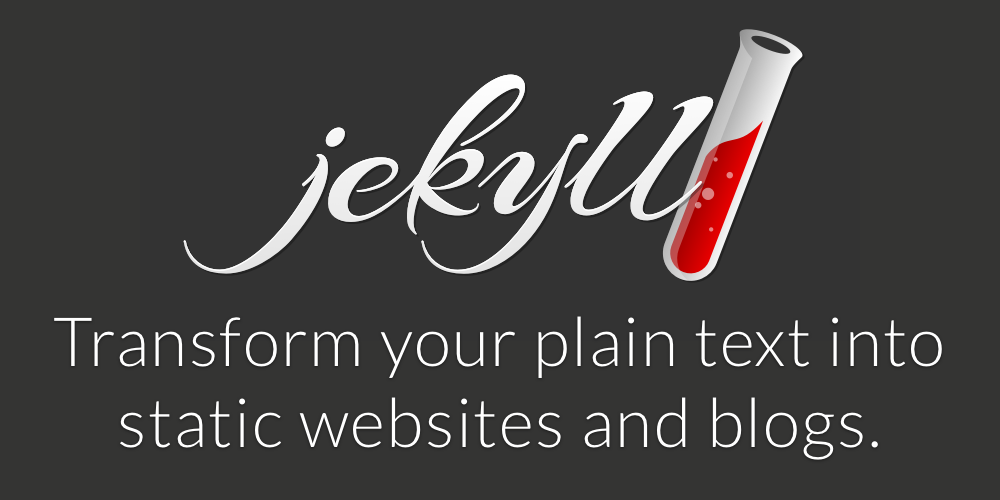What is Jekyll
This is probably the first question you should be asking yourself if you have never heard of it. To put it in super simple terms, Jekyll is a static website generator. Think about it as a system that allows you to create a blog enabled website without needing a database to house the data. For more of the official definition you can check out the jekyllrb.com
But why would you want to do it this way?
Well for me, it was a matter of not having the need for a database or some exact type of server to run my website. In fact, the site you are reading this on is a Jekyll website hosted on github itself.
What Do I need to know before jumping in?
- Basic HTML Knowledge
- Baisc Markdown knowledge
- Basic Command Line Knowledge
- Follow Directions
For me, the biggest thing was setting up the environment for running Jekyll. I recently tried to walk someone through getting their computer ready to install and run Jekyll and it took a little bit to install homebrew, install ruby and an actually usable version.
Benefits of using Jekyll for your website
- No database, nothing that a bad person can use to try to hack into your website.
- You can put it on any server.Which allows for less expensive hosting.
- Easy to change using Jekyll; even main navigation items.
- Easy to push to your server
Disadvantages of using Jekyll for your website
- Have to wait for the site to generate. Granted it could take a minute or two.
- Some say limited functionality, but with API’s and such, this is becoming less and less.
Sites using Jekyll
- richardchiriboga.com
- [More websites using Jekyll] (https://github.com/jekyll/jekyll/wiki/Sites)

